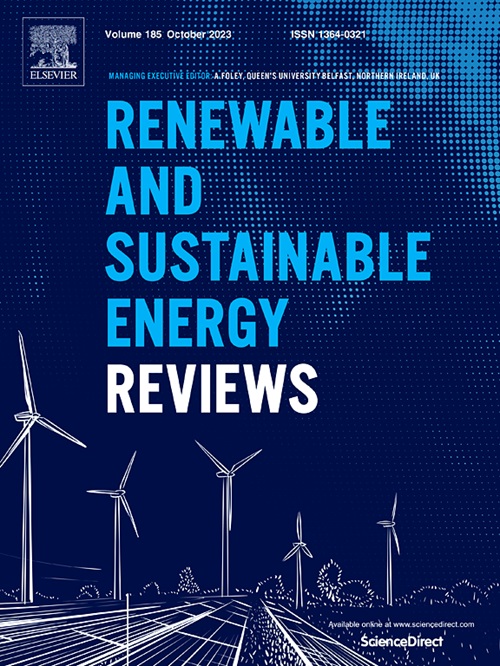Sustainable biochar: Market development and commercialization to achieve ESG goals
IF 16.3
1区 工程技术
Q1 ENERGY & FUELS
引用次数: 0
Abstract
Biochar has traditionally been used as a soil amendment as it enhances carbon sequestration and soil fertility. In addition to agriculture, biochar has recently been used in various industrial sectors, including textiles, construction, waste management, renewable energy generation, and for climate change mitigation. However, biochar performance depends on the feedstock quality and properties. This review highlights the key breakthroughs in the potential for integration of biochar across diverse industries and the associated emerging business opportunities within the global biochar market. By incorporating techno-economic analyses, we evaluate the feasibility of biochar production technologies by evaluating their associated costs, benefits, risks, and uncertainties. This review focuses on the policy considerations of biochar feedstock management, production, and application suitability, in addition to supply chains, particularly in Europe, Korea, and Australia. We found that lack of universal standards, limited industrial-scale data, and inadequate policies hinder the broader application of biochar products. To address these barriers, future research should prioritize unifying life cycle assessment of different biochar applications, developing equity-centered governance models to prevent monopolies over resources, and designing and scaling up pyrolysis technologies tailored to regional biomass waste availability. To stimulate a sustainable growth of the biochar market, a collaborative approach among governments, industry, and academia, along with robust policy incentives, is essential. Ultimately, a scalable and resilient biochar market is critical for unlocking its full environmental potential and ensuring its role in global sustainability efforts.

求助全文
约1分钟内获得全文
求助全文
来源期刊

Renewable and Sustainable Energy Reviews
工程技术-能源与燃料
CiteScore
31.20
自引率
5.70%
发文量
1055
审稿时长
62 days
期刊介绍:
The mission of Renewable and Sustainable Energy Reviews is to disseminate the most compelling and pertinent critical insights in renewable and sustainable energy, fostering collaboration among the research community, private sector, and policy and decision makers. The journal aims to exchange challenges, solutions, innovative concepts, and technologies, contributing to sustainable development, the transition to a low-carbon future, and the attainment of emissions targets outlined by the United Nations Framework Convention on Climate Change.
Renewable and Sustainable Energy Reviews publishes a diverse range of content, including review papers, original research, case studies, and analyses of new technologies, all featuring a substantial review component such as critique, comparison, or analysis. Introducing a distinctive paper type, Expert Insights, the journal presents commissioned mini-reviews authored by field leaders, addressing topics of significant interest. Case studies undergo consideration only if they showcase the work's applicability to other regions or contribute valuable insights to the broader field of renewable and sustainable energy. Notably, a bibliographic or literature review lacking critical analysis is deemed unsuitable for publication.
 求助内容:
求助内容: 应助结果提醒方式:
应助结果提醒方式:


